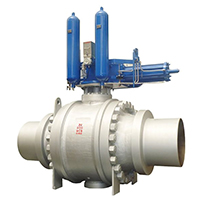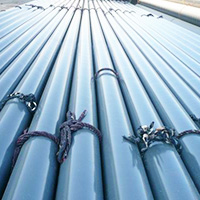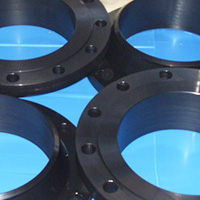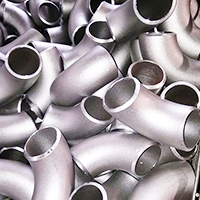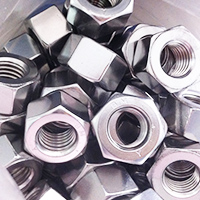Stainless steel ball valve can withstand 100-150 degrees. Stainless steel ball valve can withstand about 500 degrees of temperature, stainless steel ball valve only need to rotate 90 degrees of operation and small rotational torque can be closed tight. Completely equal body cavity for the media to provide a small resistance, straight-through flow. The main characteristics of the ball valve is its compact structure, easy to operate and maintain. Stainless steel ball valve can be used to control air, water, steam, all kinds of corrosive media, mud, oil, liquid metal and radioactive media and other types of fluid flow. Ball valve body can be integral. It could be a combo. Valves of this type shall generally be installed horizontally in pipelines. Classification of stainless steel ball valve: stainless steel pneumatic ball valve, stainless steel electric ball valve, stainless steel manual ball valve. Stainless steel ball valve material is divided into 304,316,321 stainless steel ball valve. Stainless steel ball valve by rotating the spool to make the valve open or closed. Ball valve switch is portable, small size, can be made into a large diameter, reliable sealing, simple structure, easy maintenance, sealing surface and spherical surface often in a closed state, not easy to be medium erosion. Widely used in various industries. A valve in which only the closing piece is a sphere that rotates around the centerline of the valve body to open and close.
Advantages of stainless steel ball valve:
1. The fluid resistance is small and its resistance coefficient is equal to the length of the pipe.
2. Simple structure, small size and light weight.
3. Tight and reliable, ball valve sealing surface materials widely used plastic, sealing good, in the vacuum system has been widely used.
4. Easy to operate, open and close quickly, from full open to full closed as long as the rotation of 90 degrees, easy to control the distance. Stainless steel ball valve can withstand the temperature.
5. Maintenance is convenient, the ball valve structure is simple, the sealing ring is generally movable, disassembly and replacement are more convenient.
6. In full open or full closed, the ball and seat of the sealing surface and media isolation, media through, will not cause the valve sealing surface erosion.
7. It can be used in a wide range from small to a few millimeters, large to a few meters, from high vacuum to high pressure.
The use of stainless steel ball valve:
1) , before operation to make sure that the pipeline and valve has been washed.
2) , the operation of the valve according to the size of the actuator input signal to drive the stem rotation: positive rotation 1/4 turn (900) , the valve closed. Reverse rotation 1/4 turn (900) and the valve opens.
3) the valve is open when the direction arrow of the actuator is parallel to the pipeline and closed when the direction arrow is perpendicular to the pipeline.
Maintenance of stainless steel ball valve: with a long service life and maintenance-free period, will rely on the following factors: normal working conditions, maintain a harmonious temperature/pressure ratio, and reasonable corrosion data, stainless steel ball valve precautions: the valve in the closed state, there is still pressure inside the valve body fluid, before maintenance, release the line pressure and make the valve in the open position. Disconnect power or air supply before maintenance. Disconnect the actuator from the bracket prior to maintenance.
1) , the packing must be locked again if there is micro-leakage in the packing culvert, the stem nut must be locked again (13) . Be careful not to lock too tight, usually lock again 1/4 turn -1 turn, leakage will stop. 2) replace seat and seals. A) , remove L to keep valve in half open position, flush and remove any dangerous substances inside and outside valve body. Close the ball valve, remove the connecting bolts and nuts from both flanges, and then completely remove the valve from the line. Remove the driver-actuator (20) , connection bracket (18) , tamper-proof washer (14) , stem nut (13) , butterfly shrapnel (12) , Gnann (11) , wear resistant sheet (10) , stem packing (9) remove the body cover connection bolt (5) and nut, separate the cover from the body, and remove the cover gasket (16) . Make sure the ball (3) is in the“Off” position, which makes it easier to remove it from the body and then the seat. Gently push the stem (6) down from the middle hole of the body until it is completely removed, then remove the o-ring (8) and the stem packing (7) . Note: Be careful to avoid scratching the stem surface and body packing seal part B) , reassemble, clean and inspect the removed parts. It is highly recommended to replace the seat and cover gasket seals with a spare part package and assemble them in the reverse order of removal. After mounting the actuator with the specified torque and cross-locking flange connecting bolt (5) and the locking stem nut (13) , the corresponding signal is input to drive the valve core to rotate by rotating the valve stem to open and close the position. If possible, pressure seal test and performance test the valve according to relevant standards before refilling the line.

